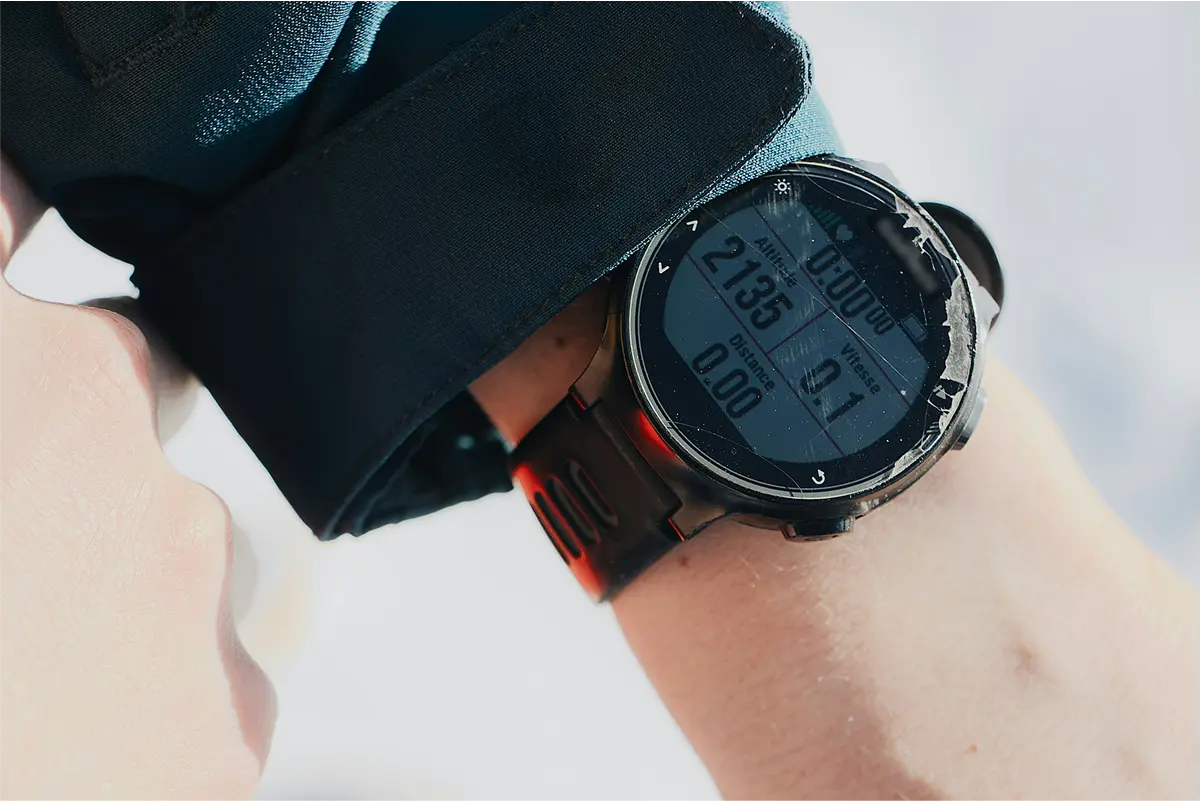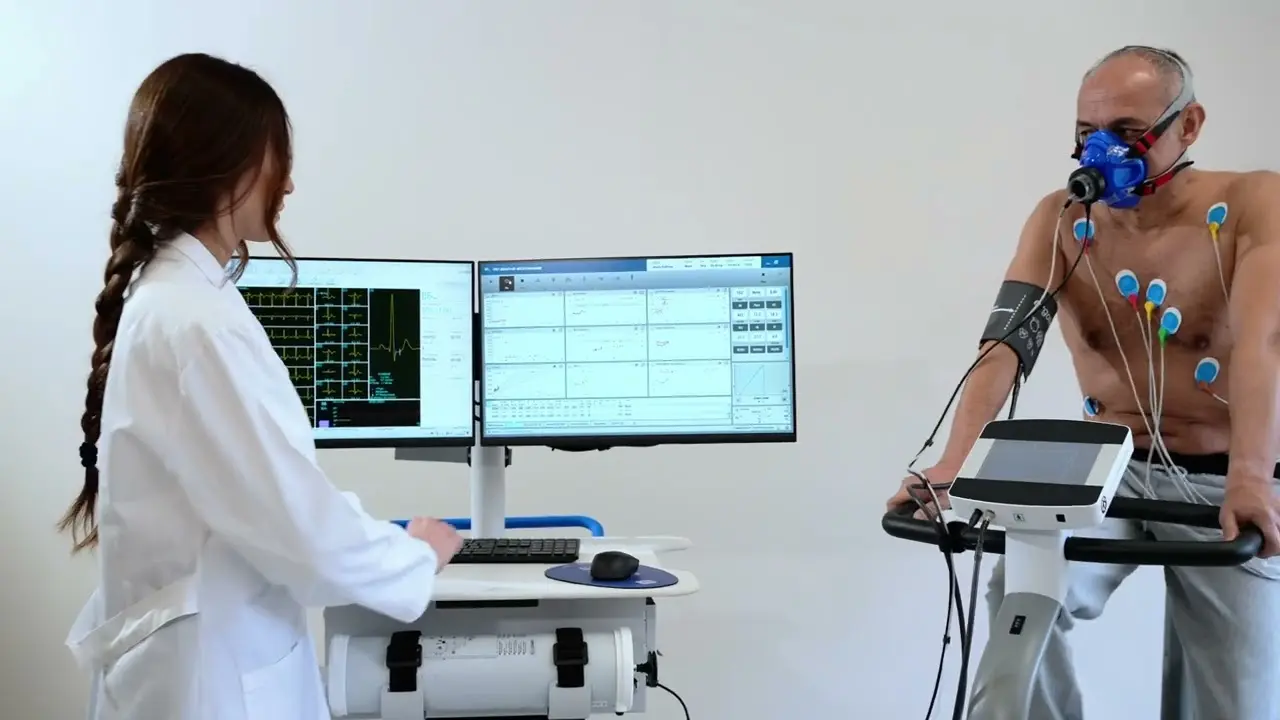
[Research] Why You Should Do CPET
Why Conventional Metrics Aren’t Enough
Why have my records hit a plateau? Every runner or cyclist wonders about their condition and thinks about better ways to train. Common reference metrics include heart rate, pace, and average speed. These can be useful for gauging training effectiveness to some extent. But the real question is: “How accurately do these numbers reflect my actual physical state?”
Heart rate reacts sensitively to external factors like stress, sleep quality, caffeine intake, and weather. Even at the same pace, your heart rate may vary depending on your condition, making it hard to precisely understand your internal state.
For example, a heart rate of 160 bpm might feel difficult on one day and relatively easy on another. So even if the training intensity is the same based on heart rate, your recovery speed and efficiency can differ each time. These visible metrics can't tell you about your body's metabolic reactions—such as the fat-to-carbohydrate usage ratio or changes in respiratory efficiency.
Ultimately, if you can’t quantify these metabolic responses, your training still relies on guesswork.
Training without a data-based foundation is not only inefficient for beginners, intermediates, and advanced athletes alike, but can also be risky.
For advanced amateurs or elite athletes, even small errors in intensity or recovery management can lead to stagnation or injury. On the other hand, beginners often don’t fully understand their physical capacity and end up following high-intensity programs or overtraining out of eagerness.
The issue is that subtle differences in intensity—which affect performance and injury risk—are very hard to detect through feeling alone.

How CPET Changed the Training Paradigm
CPET (Cardio-Pulmonary Exercise Testing) addresses this issue directly. Instead of relying on surface metrics, it measures the actual metabolic responses happening inside your body via your breath. Key metrics such as VO₂max, LTP1 & LTP2 (lactate thresholds), RER (Respiratory Exchange Ratio), and Fatmax (maximum fat usage point) are all derived from this data. These aren't just numbers on paper. For example, LTP1 is used to set intensity for recovery runs or tempo runs in long-distance training. LTP2 is a decisive indicator for interval training intensity and race pace. RER tells you in real time which fuel source (fat or carbohydrates) your body is using, and Fatmax marks the zone where fat oxidation peaks—an essential target for building endurance.
In short, CPET is the only test that lets you see your metabolic efficiency and internal condition in numbers. It’s not just about how high or low the values are.
Understanding your unique metabolic profile and optimizing your training and race strategy based on it—that’s the key value CPET provides.

The Rise of User-Friendly CPET
PACER makes CPET accessible outside the lab or hospital. You can now take a CPET test on a running track, in a park, or at a gym. It extracts all the above metrics from real-time respiratory data, and based on that, it automatically classifies your type, recommends marathon pace, energy gel timing, training intensity, and more.
This was once unthinkable. CPET used to cost hundreds of dollars and required specialists at university hospitals or clinical exercise labs. But with PACER, anyone can quantitatively evaluate their aerobic fitness anytime and use it for training.
Whether you're stuck at a plateau, trying to train injury-free, or want to explore your potential more deeply, CPET can become your new standard. And PACER dramatically lowers the entry barrier.

CPET: Scientifically Proven Results
“But does it actually work?” That’s the most common question runners and cyclists ask about CPET. It sounds convincing in theory, but what about in practice? To find out, we conducted a one-year study on 240 endurance athletes—runners and cyclists. Participants were grouped by experience: beginner (under 6 months), intermediate (6 months to 2 years), and advanced (over 2 years). Everyone trained 3–4 times a week for similar durations. The experimental group used PACER to take regular CPETs and adjust their training intensity and recovery accordingly. The control group continued training based on heart rate without metabolic data. The results were clear.
The PACER group showed significant improvements across all experience levels by an average of 10.8%, from beginners to advanced users:
- Beginner: +12.1% (mainly from cardiovascular adaptation)
- Intermediate: +9.2% average improvement
- Advanced: +4.3% average improvement
The control group improved by just 4.3% on average, with almost no improvement in the advanced group. This shows that PACER’s CPET allows more precise optimization for experienced athletes. In addition, 99.2% of PACER users saw measurable improvements in at least one performance metric within a year. This isn’t just about averages—almost everyone experienced real change. Injury rates also improved significantly. The PACER group’s annual injury rate was 12.4%, less than half of the control group’s 36.2%. The difference was most prominent among beginners:
- PACER beginners: 15.5% injury rate
- Control group beginners: 42.9%
This suggests that test-based training helps prevent overload and optimizes recovery timing. 80% of survey respondents said CPET gave them “confidence in setting training intensity,” and some advanced users reported “breaking through years of stagnation.” In the end, CPET-based training goes beyond simple performance measurement. It quantifies your metabolic profile and allows you to fine-tune your training strategy. PACER makes this process accessible to users of all levels.
Summary & Outlook
This longitudinal study clearly demonstrates that CPET-based training is not just theoretical—it’s a replicable, practical tool for improving performance. The data was collected in real user environments, not lab settings, making the findings even more reliable.
- The biggest improvements in VO₂max and aerobic threshold speed (LTP) were seen in intermediate and advanced groups
- Beginners saw the most dramatic drop in injury risk, even before technical gains kicked in
This means CPET via PACER improves both performance and safety by making training more efficient and structured. PACER is more than just a measurement device. It’s a scientifically grounded feedback loop made usable for personal training. As personalized, physiology-based training becomes more widespread, PACER’s role will only grow.